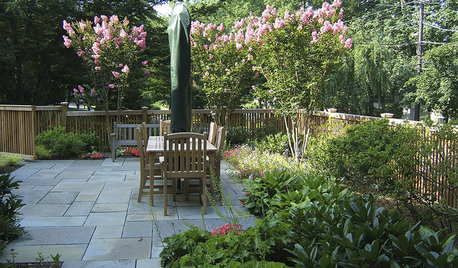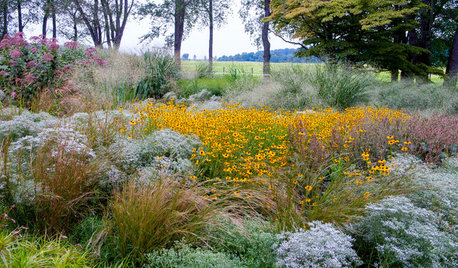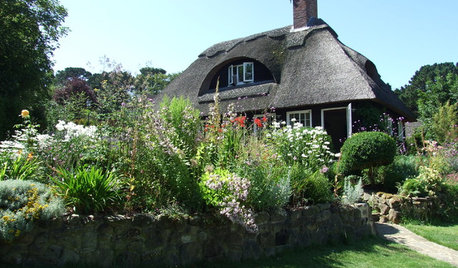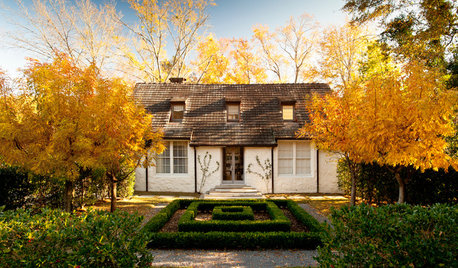Controlling Aphids - Crape Myrtle
hrigsby
11 years ago
Featured Answer
Comments (17)
hortster
11 years agoSara Malone Zone 9b
11 years agoRelated Professionals
Paradise Landscape Architects & Landscape Designers · Elgin Landscape Contractors · Alpharetta Landscape Contractors · Caldwell Landscape Contractors · Davis Landscape Contractors · Little Ferry Landscape Contractors · Painesville Landscape Contractors · The Woodlands Landscape Contractors · Quartz Hill Landscape Contractors · Fairfax Siding & Exteriors · Baltimore Decks, Patios & Outdoor Enclosures · Littleton Decks, Patios & Outdoor Enclosures · Salt Lake City Decks, Patios & Outdoor Enclosures · Spanaway Decks, Patios & Outdoor Enclosures · Verde Village Decks, Patios & Outdoor Enclosuresrhizo_1 (North AL) zone 7
11 years agohrigsby
11 years agorhizo_1 (North AL) zone 7
11 years agoSara Malone Zone 9b
11 years agodrrich2
11 years agohrigsby
11 years agorhizo_1 (North AL) zone 7
11 years agocearbhaill (zone 6b Eastern Kentucky)
11 years agorhizo_1 (North AL) zone 7
11 years agodenninmi
11 years agojuliedeand
10 years agogeeman1082
10 years agokrnuttle
10 years agokimc
6 years ago
Related Stories

GARDENING GUIDESGreat Design Plant: Crape Myrtle
With long-lasting blooms and gorgeous exfoliating bark, this ornamental tree brings bright color and a unique form to the landscape
Full Story
GARDENING GUIDES5 Best-Behaved Trees to Grace a Patio
Big enough for shade but small enough for easy care, these amiable trees mind their manners in a modest outdoor space
Full Story
GRASSES10 Ways to Use Ornamental Grasses in the Landscape
These low-maintenance plants can add beauty, texture and privacy to any size garden
Full Story
LANDSCAPE DESIGNPretty Trees for Patios, Paths and Other Tight Spots
Choose trees for their size, shape and rate of growth — or shape them to fit your space. Here's how to get started
Full Story
TREES7 Deer-Resistant Flowering Trees to Plant this Fall
If you live in a neighborhood with roaming deer, consider these beautiful trees that won't tempt hungry guests
Full Story
LANDSCAPE DESIGNSmall Garden? You Can Still Do Bamboo
Forget luck. Having bamboo that thrives on a wee plot just takes planning, picking the right variety, and keeping runners in check
Full Story
GARDENING GUIDES10 Top Native Plants for the U.S. Southeast
For a low-maintenance and wildlife-friendly landscape, use Southern natives that withstand heat and humidity
Full Story
GARDENING GUIDESThe Surprising Ingredients Every Good Garden Should Have
See what to do — and not do — for lasting rewards in your landscape
Full Story
LANDSCAPE DESIGNHow to Create a Cottage-Style Garden
If you like an abundance of plants — and visits from birds, bees and butterflies — this may be the style of yard for you
Full Story
GARDENING GUIDES6 Plants for Colorful Fall Foliage in the Water-Wise Western Garden
Try these colorful, drought-tolerant additions to your garden for a fall season filled with color
Full Story








hrigsbyOriginal Author